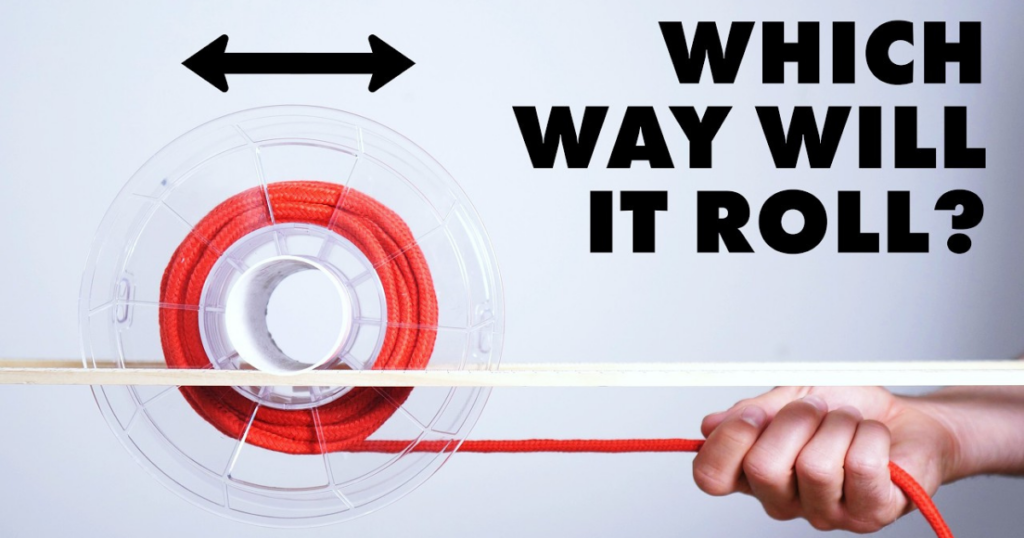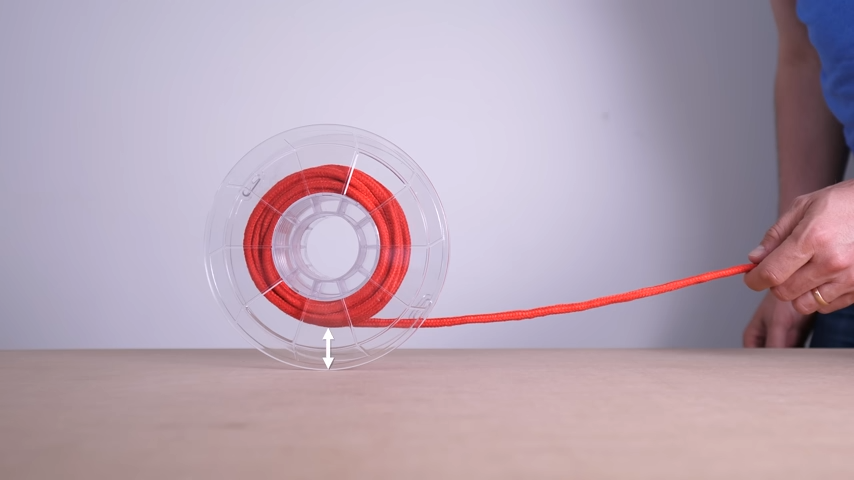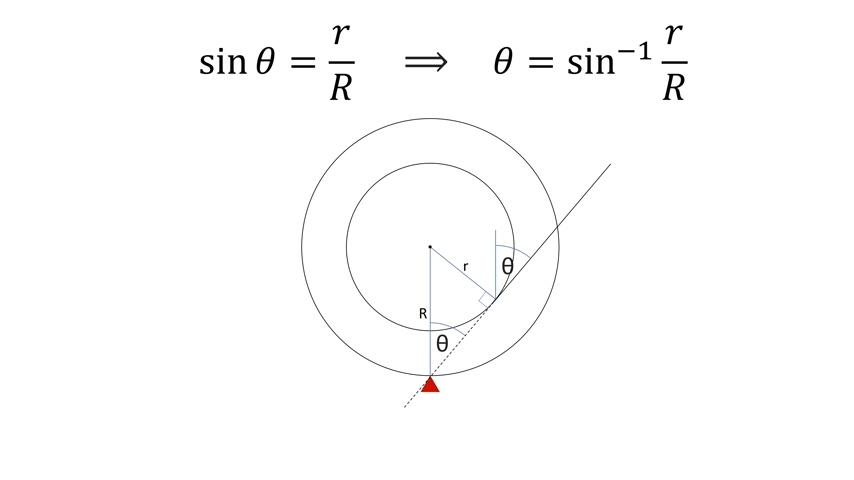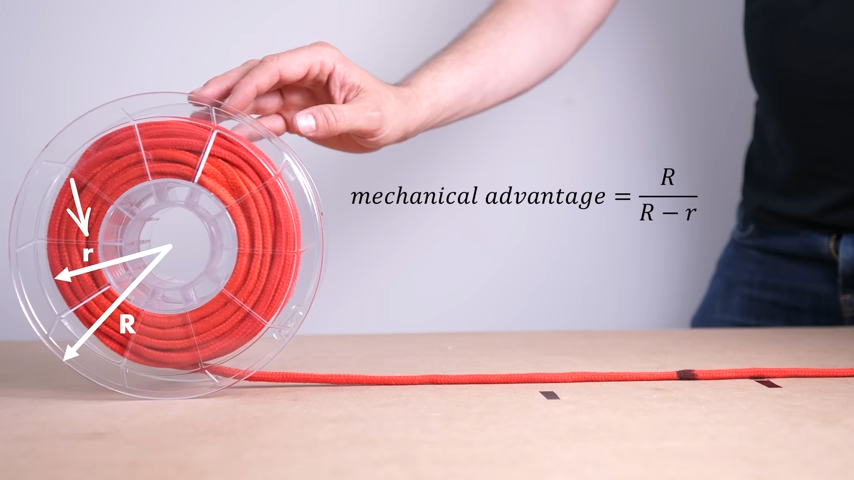
This article delves into the fascinating world of physics, exploring the seemingly counterintuitive behavior of a spool and rope system. We’ll investigate the forces at play, the concept of mechanical advantage, and the unexpected outcomes that arise when manipulating the system in various ways.
The Initial Intrigue: A Spool with a Mind of Its Own?

The experiment begins with a simple observation: when you pull the end of a rope wrapped around a spool on an incline, the spool unexpectedly zips towards you instead of rolling away. This seemingly defies our initial intuition, prompting us to delve deeper to understand the underlying physics.
Unveiling the Mystery: Two Ways to See the Force

There are two main ways to explain this counterintuitive behavior. The first approach involves analyzing the forces acting on the system. Imagine the spool as an object with a pivot point, and the pulling force acting at a specific location. Due to this arrangement, the object naturally rotates around the pivot point in the same direction as the applied force, causing the spool to roll towards you.
The second explanation, considered more intuitive by the presenter, focuses on what happens to the rope itself as the spool rolls. Consider the distance traveled by the spool and compare it to the amount of rope that gets unspooled. When you roll the spool away from you, the amount of rope released is less than the distance the spool travels. This essentially “pulls” the rope from your hands, causing the spool to roll towards you when you pull the rope in the opposite direction.
The Magic Angle: Where Force Meets Balance

Interestingly, the angle at which you pull the rope plays a crucial role. If you pull upwards, the opposite happens; the spool rolls away as the rope gets longer. This indicates the existence of a specific “magic angle” where the spool neither rolls towards nor away from the pulling force. At this angle, the force vector acting on the spool passes through the pivot point, effectively canceling out the rotational effect.
The Power of Leverage: Exploring Mechanical Advantage
As the spool fills up with rope, the “mechanical advantage” comes into play. This concept refers to the ratio between the force applied and the force exerted by the system. In this case, with a limited space left on the spool, a small pull on the rope translates to a significant movement of the spool, demonstrating a high mechanical advantage.
The video provides a formula to calculate the mechanical advantage based on the spool’s radius and the remaining space for the rope. As the space becomes minuscule, the equation approaches infinity, signifying an ideal scenario with infinite mechanical advantage. However, in reality, friction limitations prevent this from happening.
Beyond the Limits: Exploring Extremes
The investigation extends beyond the “full spool” scenario. The presenter explores what happens when the rope is pulled from underneath the spool, essentially mimicking the situation with a toilet roll. This setup also leads to the spool rolling away from the pull, aligning with the previous explanations.
Furthermore, the video explores the limits of the system. In the case of an infinitely thin rope and a spool with no central hole, the spool would theoretically travel at the same speed as the hand pulling the rope. On the other hand, if the spool’s radius shrinks infinitely small compared to the rope’s radius, the spool barely moves despite the rope continuously adding rotations.
Conclusion: A Journey of Discovery
This exploration of the spool and rope system highlights the fascinating interplay between forces, mechanical advantage, and the limitations imposed by real-world constraints. The video encourages viewers to engage with the concepts and explore the unexpected outcomes that arise when manipulating physical systems.




